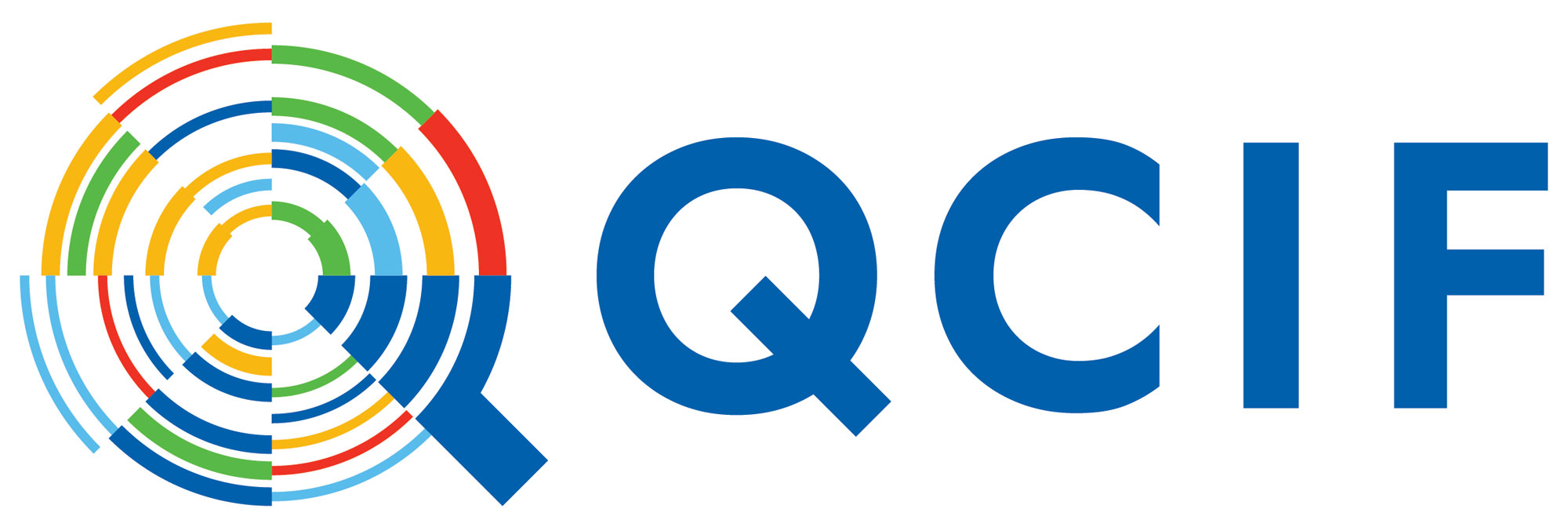The mainland eastern barred bandicoot is one of the 57 mammals contained in the Threatened Species Index. (Image: Nicolas Rakotopare / Mt Rothwell.)
The QRIScloud-supported Australian Threatened Species Index (TSX) project has recently released the world’s first Threatened Mammal Index.
The index currently includes data for 57 mammal species and subspecies collected at 1,186 sites across Australia, but these numbers are growing as new data are added.
The TSX research team is using QRIScloud, QCIF’s cloud computing service, to run tens of thousands of combinations of indices to run a Web app for data interrogation and visualisation, and for data storage. QRIScloud provides storage space for the TSX database and Web service (see our case study about the project).
The TSX was launched in late 2018 with the Threatened Bird Index, and data on plants are currently being compiled.
The TSX combines data from monitoring programs across the country to track trends in threatened species populations. The project is a collaboration with many state agencies, conservation NGOs, and other researchers, who all contribute data to this national collation.
The index, the first of its kind in the world. was developed by the Threatened Species Recovery Hub of the Australian Government’s National Environmental Science Program.
The recent addition of mammals to the index has put the spotlight on trends for Australian threatened mammal populations.
Dr Elisa Bayraktarov from the University of Queensland who leads the research said: “A key finding is that in areas without any active conservation management, on average populations of threatened mammals have decreased by 60% over the last two decades (1995-2016), a loss of well over half.
“But Australia has also achieved some conservation successes in that period, and our results show that where effort is being made it usually pays off. Those mammals monitored at sites with targeted conservation management have increased by 46% on average over the same period of time and mammals monitored at sites without introduced predators (cats and foxes) have boosted to 500% since 2000.”
The data in the index was collected by government conservation agencies, the Australian Wildlife Conservancy, Arid Recovery, other non-government conservation organisations, university researchers, and members of the community (citizen scientists).
The Threatened Species Recovery Hub encourages any groups monitoring threatened and near-threatened species to contribute their data.
According to Dr Bayraktarov, the index includes data on 17 threatened bird and mammal species at about 150 sites that may have been impacted by the recent bushfires.
“We are currently talking to the groups on the ground that are monitoring these sites to see how much they have been impacted,” Dr Bayraktarov said.
“As data from bushfire affected sites is added to the index in future years it will enable the overall impact of the fires on threatened species populations to be understood, in addition to providing a tool to measure their recoveries.”
See the Threatened Species Recovery Hub’s media release for more information. (The text in this article is mostly from the media release.)

